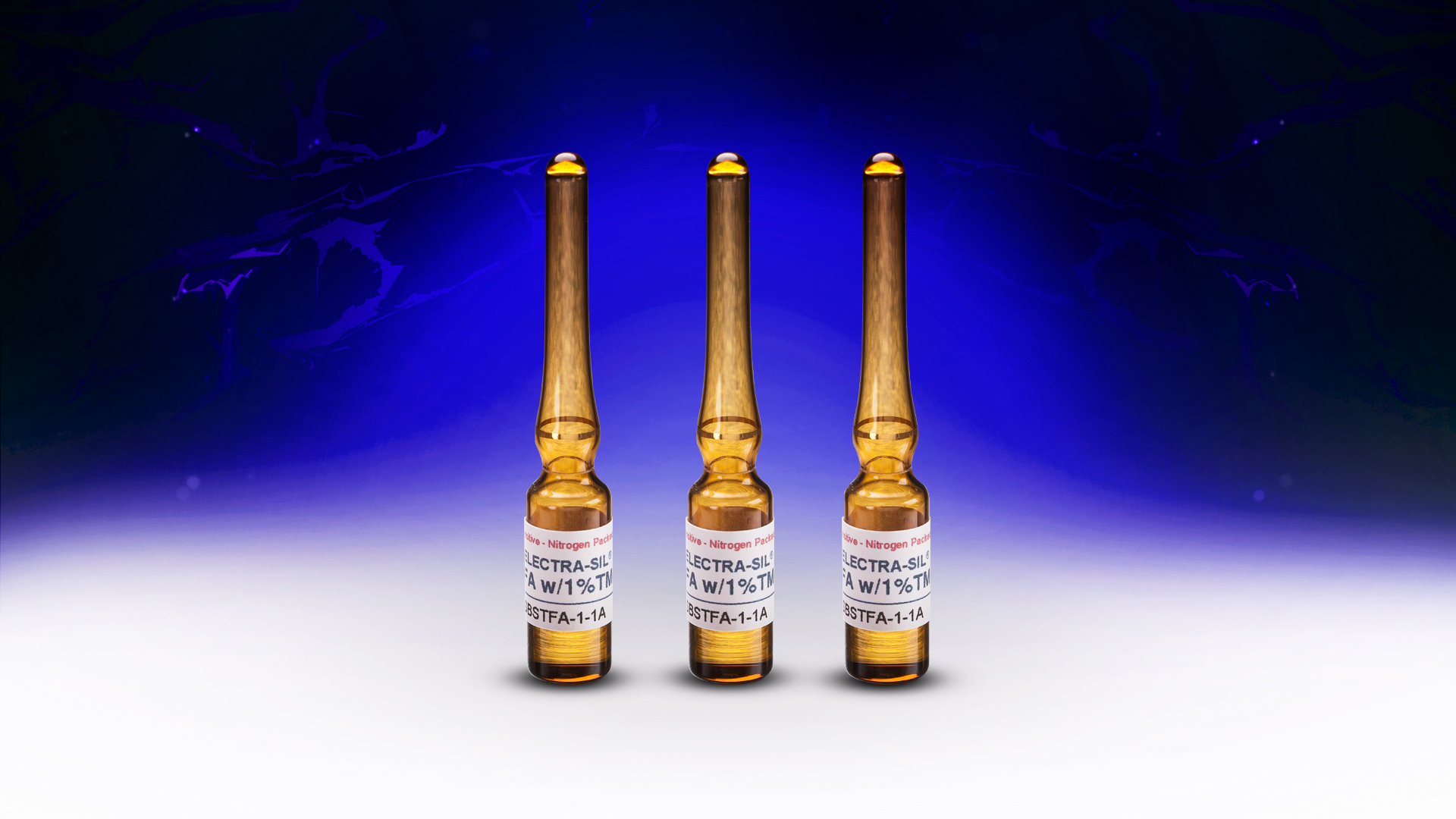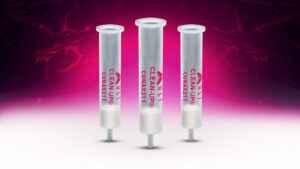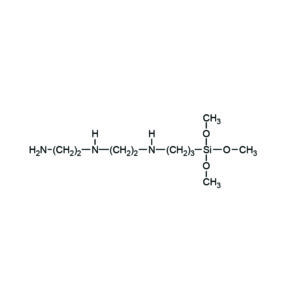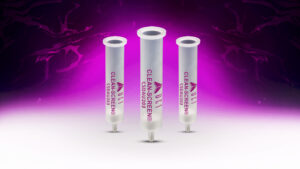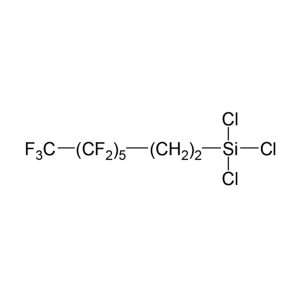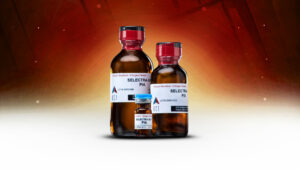GC–MS Analysis of Soil Faecal Biomarkers Uncovers Mammalian Species and the Economic Management of the Archeological Site
While United Chemical Technologies is most well-known for our high-quality solid phase extraction products and specialty silanes, silicones, and siloxanes, we also provide high-quality derivatizing reagents (DRs), with a wide variety of scientific applications. While DRs, such as UCT’s SBSTFA, are most used to help analyze current events such as blood, urine, or soil analysis, a recent publication from a collaborative research group based out of primarily the Sapienza Università di Roma and the Università degli Studi di Milano, both in Italy, demonstrate how DRs can be used to study and better understand the past. As part of archeological or paleoenvironmental investigations, scientists seek to understand what plants and animals were present in an area, if humans lived there, how they used the land as a resource, and what the environmental impact was. To be able to do this, it is important to be able to first identify the species of flora and fauna in the area. This study focused on optimizing the sample prep and GC/MS analysis of certain steroidal lipids identified in animals faecal samples, specifically cholesterol, 6 sterols, 6 stanols (as ratios of sterols to stanols), and 5 bile acids, some of which are only found in some domesticated animals but not in humans. After sample dating using C14 analysis, soil samples taken from the archaeological site were extracted using ultrasound. This method is much shorter than previous sample prep methods, removes many liquid-liquid extraction steps, and uses 5-10x less sample. The clean samples were then derivatized with SBSTFA just prior to injecting on a GC/MS for analysis using a method that they were able to optimize for simultaneous detection and quantification of the desired analytes. While there is a low extraction recovery, the limit of quantification is low enough that the extraction recovery currently does not present any problems. Using this method, they were able to positively identify that faecal matter was indeed present at these sites, and a variety of likely sources, aka the producing animal, of the faecal matter. The authors hope that this method will allow other archeologists to begin to build a more robust database for similar samples and extend the method for the study of floral samples as well.
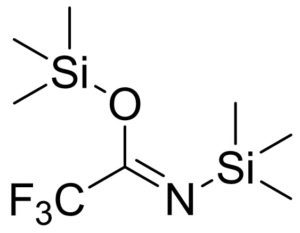
O-bis(trimethylsilytrifluoroacetamide) (BSTFA; PN: SBSTFA-X-X; available with 0%, 1%, or 10% TMCS and in a variety of sizes)
Citation: Reggio, C.; Palmisano, E.; Tecchiati, U.; Ravelli, A.; Bergamaschi, R. F.; Salzani, P.; Putzolu, C.; Casati, S.; Orioli, M., GC–MS analysis of soil faecal biomarkers uncovers mammalian species and the economic management of the archeological site “Le Colombare di Negrar”, Sci. Rep., 2023, 13, 5538-5550.

